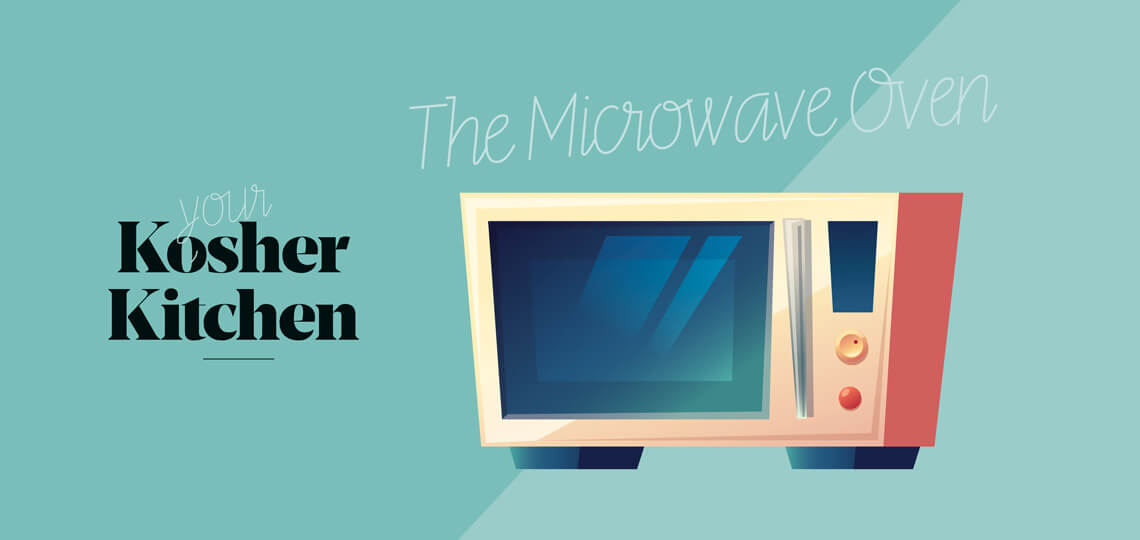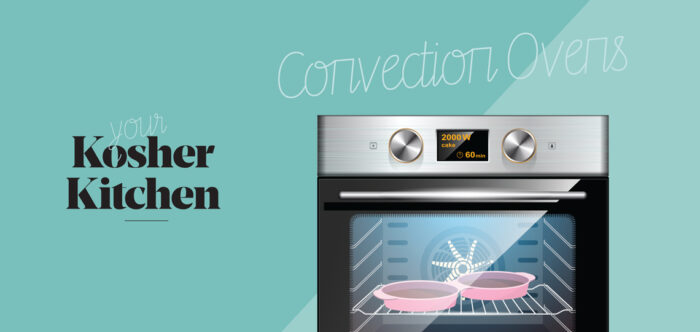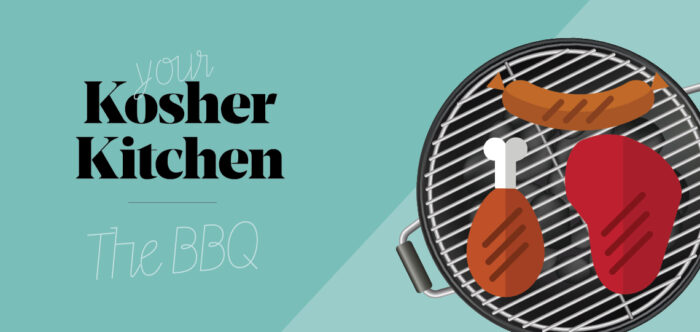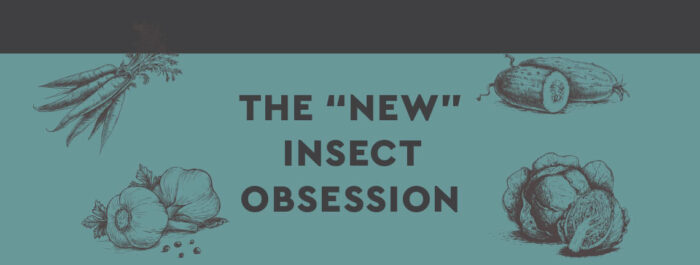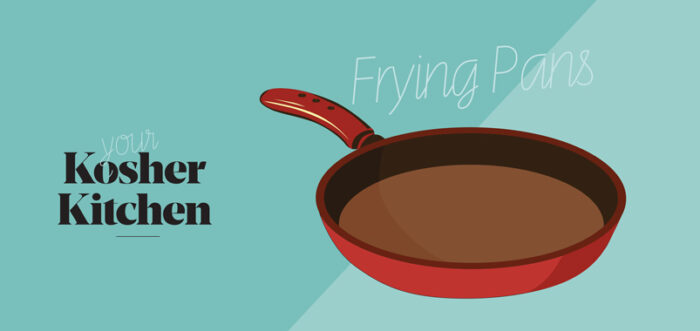The following discussion applies only to standard microwaves. Convection microwaves, which have the ability to cook by convection or by microwave, have different cooking methods and have a distinct set of cleaning and kashering rules. Convection microwaves will be discussed, G-d willing, in a future issue of Kosher Spirit.
How does a microwave oven work?
A microwave is basically a strong metal box. Inside, there is a microwave generator called a magnetron. When the microwave oven is turned on, the magnetron takes electricity from the power outlet and converts it into
high-powered radio waves. The radio waves are blasted into the food compartment through a channel called a wave guide. The turntable, upon which the food sits, spins around slowly so that the food will cook evenly.
The microwaves bounce back and forth off the reflective metal walls of the food compartment, just like light bounces off a mirror. When the microwaves reach the food, they don’t simply bounce off. Just as radio waves can pass straight through the walls of your house, the microwaves penetrate through the food. As they travel through it, they make the molecules of the food vibrate more quickly. Vibrating molecules have heat, so the faster the molecules vibrate, the hotter the food becomes. Thus, the microwaves pass their energy onto the molecules in the food, rapidly heating it up.
Using the Same Microwave for Meat and Dairy
One may not use the same microwave for meat and dairy. Even if the microwave was cleaned in between uses, there would still be the issue of vapors (זיעה). Any person who regularly uses a microwave can feel that the walls, top and bottom of the cooking chamber become greasy over time. This is an indication that the flavors are indeed absorbed into the walls through the escaping steam, as a result of the heat caused by the radiation. These flavors are then discharged when the microwave is used again with another food.
Ideally, one should have separate microwaves for meat and dairy. For anybody who cannot afford two separate microwave ovens (or who does not have enough room in the kitchen), the recommended procedure is to designate the microwave for one primary use – either dairy or meat (usually the one you plan to use it for more). That food can be heated without any limits, in an open dish, etc.
Any food of the other type, or pareve food that will be eaten together with the other type of food, would only be heated within a closed vessel. One should use a double covering. Something like 2 zip-lock bags is sufficient. The standard microwave covers are not sufficient, because they have large holes to allow steam to escape.
Kashering the microwave between meat and dairy on a consistent basis is not permitted, as this can lead to one becoming lax in the kashering or forgetting to do it all together.1
Using a Non-Kosher Microwave
For the same reasons outlined above, one may not use a non-kosher microwave, even if it is clean.
One may, however, warm kosher food in it inside of a closed vessel. One should use a double covering as mentioned above.
Kashering a Microwave
There are 2 types of kashering:
1. M’Heteira L’Heteira (from permissible to permissible) such as from meat to dairy or vice versa, when both the meat and the dairy are kosher.
2. M’Isura L’Heteira (from prohibited to permissible) such as from non-kosher to kosher.
In general, the laws of kashering between two permissible categories are more lenient than kashering from non-kosher to kosher. Therefore, the Poskim make a distinction between kashering a microwave from meat to dairy or vice versa, and kashering from non-kosher to kosher.
The consensus seems to be that one may kasher a microwave from meat to dairy or vice versa. This can only be done as a one-time thing or on a very infrequent basis. One may not use the same microwave consistently for meat and dairy by kashering in between.
Kashering a microwave from non-kosher to kosher, however, can be problematic. Some of the concerns are: food stuck in the vents which is impossible to reach and clean, and the plastic, rubber or glass parts which some Poskim maintain cannot be kashered at all. Due to these challenges, there are Poskim who do not permit kashering a microwave from non-kosher to kosher.
Since microwaves are relatively inexpensive to purchase, it is certainly best to purchase a new microwave, rather than attempt to kasher a non-kosher one. However, in circumstances where this is not possible, the OK and other Poskim allow kashering from nonkosher to kosher as long as an experienced kashering rabbi is present. Please consult a competent Orthodox rav to discuss your personal circumstances because it is easy for the kashering to be done incorrectly.
When kashering a microwave, the following procedure must be followed:
• The interior of the microwave should be cleaned very well so there is no food residue left behind.
• The vent area should be sprayed with soap or a chemical cleaning solution. This renders any food particles that are stuck inside the vents pogum (ruined).
• After cleaning, the microwave should be left unused for 24 hours.
• The glass tray and the track wheels should be removed and kashered by hagolah.
• To kasher the actual microwave, fill up a cup of water and place it inside. Turn the microwave on and let it heat the water for about 20 minutes or until the cup empties.
• Repeat step 5 after moving the cup to a different spot, in order to kasher the area where the cup sat during the first round of kashering.
*For Pesach, most Poskim agree that a microwave should not be koshered.
1. Magen Avrohom 509:11
CAUTION: Water heated in a microwave oven may be superheated and when objects (e.g. a spoon) or granulated materials (e.g. instant coffee) are put into it, the water may boil very vigorously or even appear to explode out of the container. The vigorously ejected boiling water can cause serious burns. Sometimes even the act of taking the container out of the oven and or putting it on the counter can cause the boiling.


 EN
EN  ZH
ZH  KR
KR  BR
BR  ES
ES  IN
IN  IL
IL 
